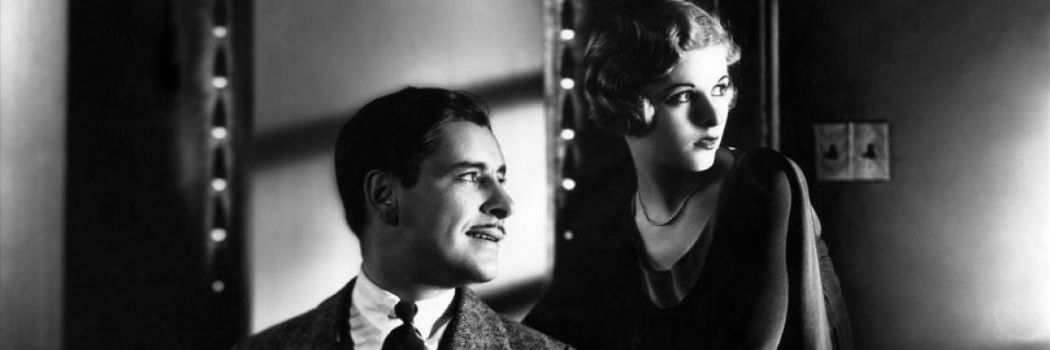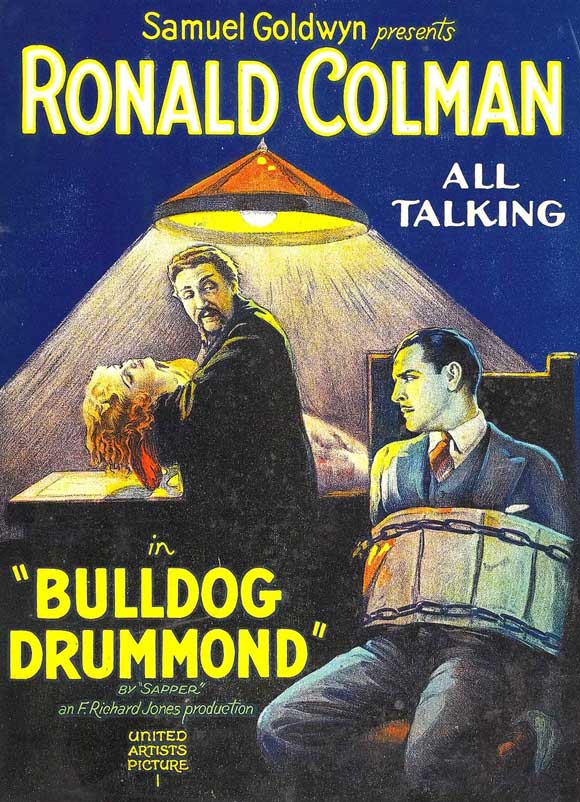
Bored, rich and looking for adventure, the handsome former soldier Hugh “Bulldog” Drummond (Ronald Colman) concocts a plan to spice up his dreary millionaire bachelor lifestyle. He’ll advertise for adventure, he declares, a scheme that makes his best fop I mean friend Algy (Claud Allister) worry about his sanity. One newspaper advertisement later:
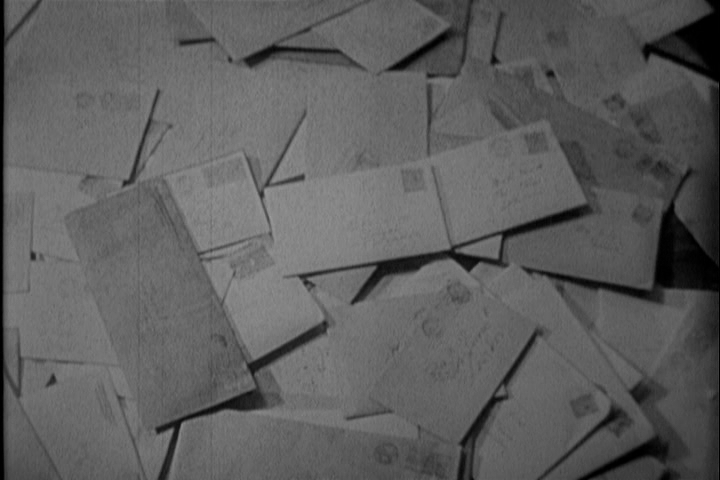
Bulldog gets a lot of responses.
One in particular intrigues him, a letter from young Phyllis (Joan Bennett) about her uncle (Charles Sellon) being held against his will in a sanitarium. It seems the sinister Dr. Lakington (Lawrence Grant), along with the villainous couple Irma and Peterson (silent stars Lilyan Tashman and Montagu Love, respectively), have some kind of nefarious plan in store for the rich uncle, and keeping him incapacitated is their main goal. With his trademark good humor and rakish charm, Bulldog vows to get to the bottom of the business, and maybe win the young Phyllis as well.
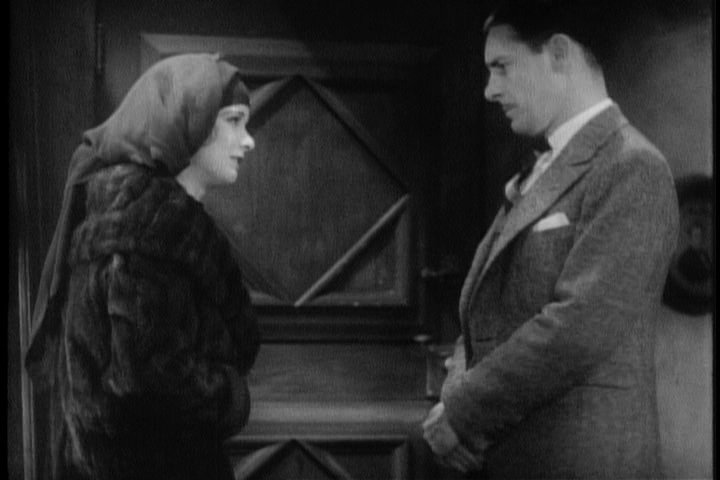
If you ever wondered what kind of overwrought acting style Brigid O’Shaughnessy was imitating, Joan’s performance here is your answer.
Bulldog Drummond (1929) was not the first film based on the popular British character, but it was the first talking film, and thanks to being a product of Sam Goldwyn’s exacting (though sometimes baffling) standards, it’s probably one of the best early talkies made. It’s fun and exciting and shockingly modern, with a camera that moves and audio that’s easy to hear and jokes that don’t fall flat — you can’t say that about most early talkies. I often say that movies of this era were made before comedy was invented, but Bulldog Drummond puts lie to my snark. The bottom line here is that, if my beloved Mordaunt Hall calls Bulldog Drummond “the happiest and most enjoyable entertainment of its kind that has so far reached the screen,” then folks, it’s the most enjoyable damn entertainment of its kind.
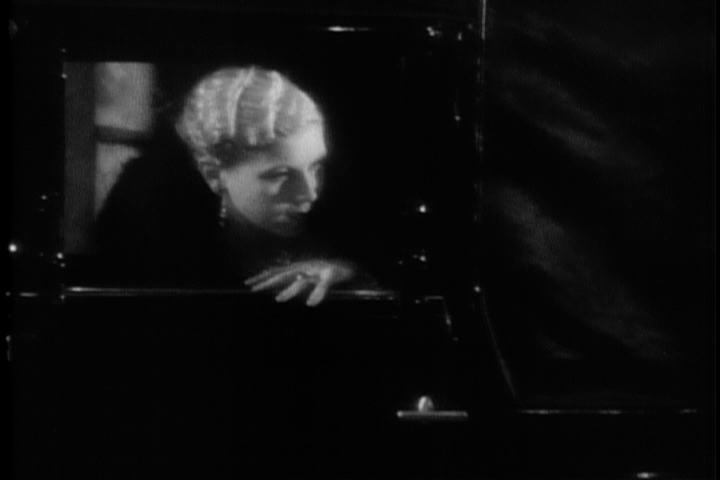
You’ll notice in the New York Times review that Hall specifies that everyone has lines to speak, which was something worth noting in films of the day. Many films released in 1929 were partial talkies (such as the The Man and the Moment, recently reviewed and also out from Warner Archive), but this is a full talking picture, without a single trace of its silent forbears. Goldwyn was so committed to making the film a full audio experience that he gave tenor Donald Novis his first film role in Bulldog, specifically to sing (live!) a couple of songs to the adorable Gertrude Short.
Visually, Bulldog Drummond is reminiscent of Alibi and The Locked Door, also released the same year, and everything is sharp, angular, full of shadows and art deco styling. It’s exactly what you would expect from William Cameron Menzies, who also worked on art direction for the next two big Ronald Colman hits, Raffles (1930) and Condemned (1929). Colman made a fantastic transition from silents to talkies, in part because of the popularity of this particular kind of film: light topics with plenty of drama and thrills, a trendy look and solid sound tech.
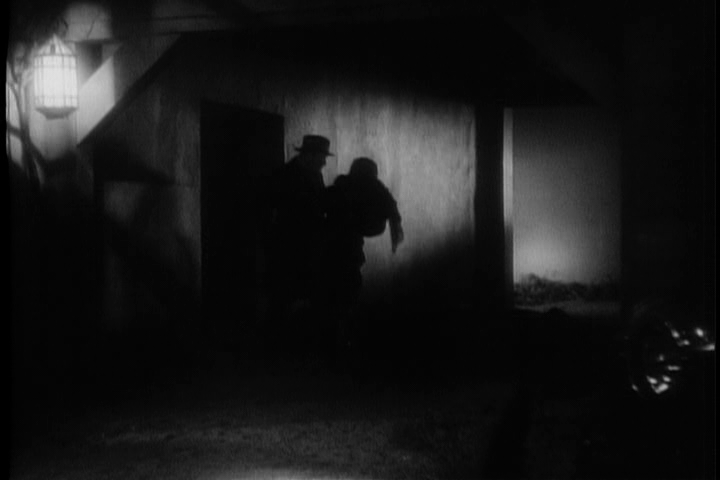
Menzies was a big part of that success, and it’s no coincidence that his films are favorites to this day. His work would go on to influence everything from film noir to Universal horror, though one should also credit cinematographers Gregg Toland and George Barnes, both of whom helped create the set designs Menzies envisioned. Here in Bulldog Drummond, Menzies’s work borrows from the silent German Expressionist films, but there’s a forward-thinking hint of horror here, too, most notably in the Gothic settings and the glimpses of Dr. Lakington’s medical equipment, or should I say, “medical” “equipment.” The good doctor is a bit of a mad scientist, though not a genuine monster, but rather the man behind Phyllis’s waking Jungian nightmare.
That’s not to say Bulldog Drummond turns philosophical or provides any worthwhile psychological insights, because it would laugh and point at you were you to suggest such a thing. Still, the characters are crafted with Freudian and Jungian principles in mind, and one can easily imagine, buried somewhere Herman C. McNeile’s notes, little Venn diagrams for Drummond, Algy, Phyllis and the rest, graphing where one character’s Id overlaps with another’s Superego.
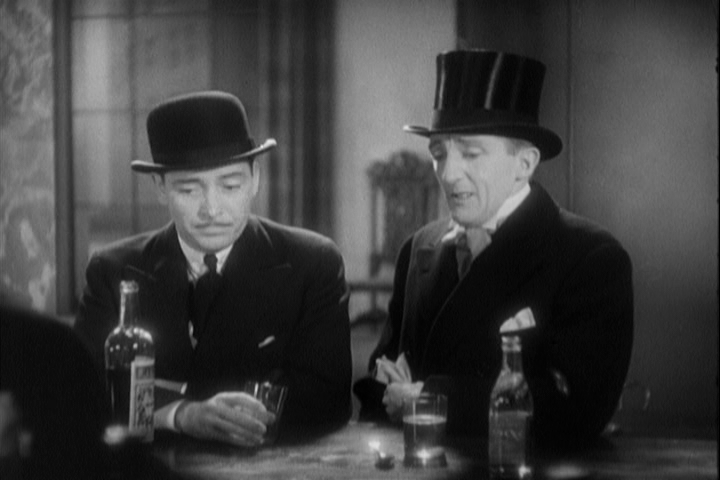
Bulldog Drummond was a big hit, being nominated for a couple of Oscars and was one of the National Board of Review’s top films of the year. Warner Archive has recently released Bulldog Drummond on a MOD double-feature DVD, which also comes with Calling Bulldog Drummond and its trailer. The two films make for an interesting, if a bit baffling, double feature, but they are both good quality MOD DVD releases with solid picture and good audio, and it’s a bargain to get two Warner Archive releases for the price of one.
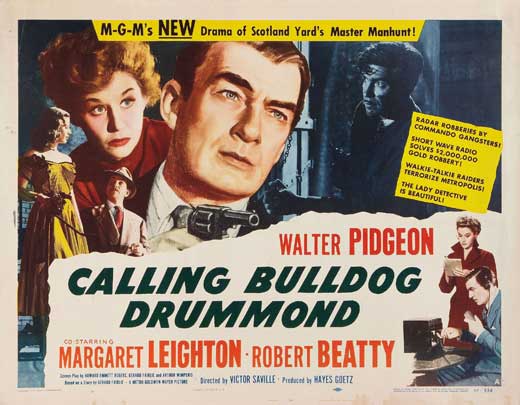
Calling Bulldog Drummond stars Walter Pidgeon as the titular character, older and mostly retired, but called back into service by the police who cannot get a break in a nasty series of jewel robberies. They have a suspect but no real evidence, so Drummond fakes his disgrace from his local gentlemen’s club — much to Algy’s (the great David Tomlinson) disbelief — and pretends to sail in embarrassment to Australia. Instead, he poses as a petty crook, along with Sgt. Helen Smith (Margaret Leighton) as his moll, and they cozy up to gangster Arthur Gunns (Robert Beatty).

Pidgeon is not very good as Bulldog Drummond here. By that I mean his performance is fine, but he is not the legendary rascal that he needed to be. But Margaret Leighton is legendary in this film. She steals the whole thing, and thank goodness for that. She’s fun, charming, believable, engaging, and an absolute gem. You will want to watch this film for Leighton alone, but Tomlinson, as well as some of the supporting cast (including Bernard Lee before he became famous, and Richard Johnson in a small role before he would go on to play Drummond himself in Deadlier Than the Male), are also quite good.

